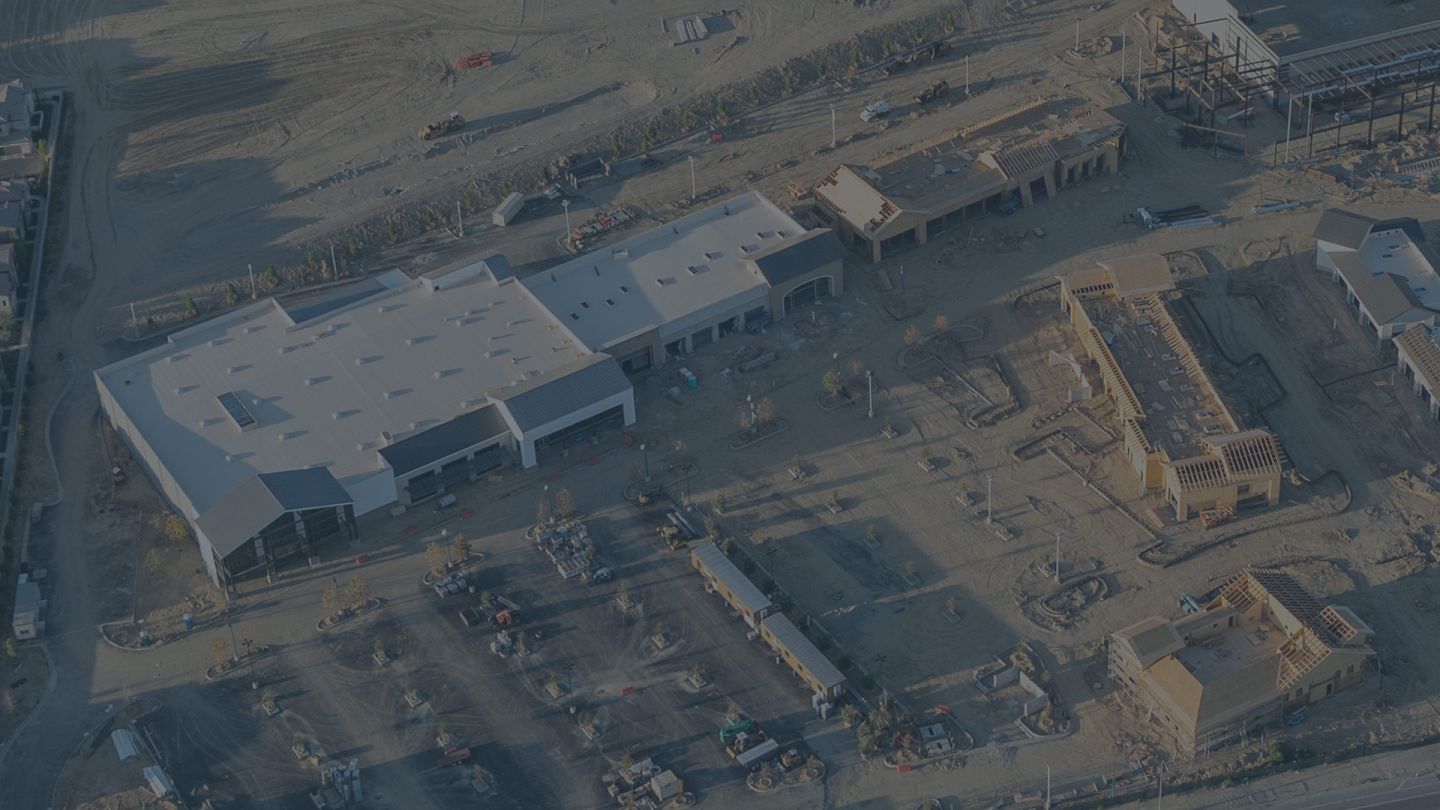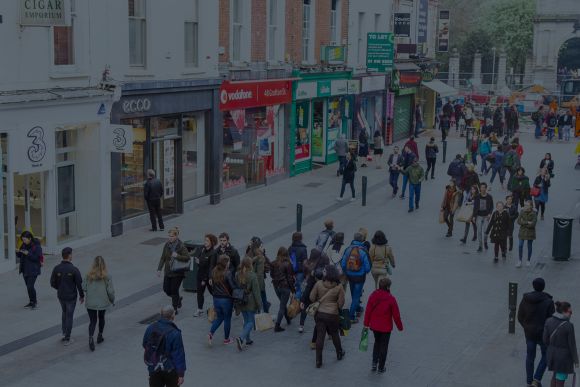Perhaps your community offers available freeway frontage, vacant commercially zoned parcels throughout your downtown area, and a city council committed to commerce. You may know which retail or restaurant brands are the best match for your community. And you have armed yourself with all the critical analytics that retailers require to understand that your community has a promising trade area.
However, despite these assets, you may find that the essential piece you lack is a small strip center, or a larger 125,000-square-foot neighborhood retail center with a grocery anchor. Maybe it’s a 400,000-square-foot community shopping center anchored by a big footprint retailer such as Target or Home Depot. Whichever it might be, how do you identify a retail center developer and convince them that your city is the ideal place for their next development project?
Step #1: Identify Prospective Developers
Commercial real estate trade associations are a great way to connect with developers. Both Innovating Commerce Serving Communities (ICSC) and NAIOP are leading organizations in which an investment in membership can prove to be an advantage to your endeavors.
ICSC is the gold standard for retail trade associations in the shopping center industry. ICSC members include retail developers, as well as retailers, municipalities, investors, lenders, and more. NAIOP is known as the leading commercial real estate development association for developers, owners, and investors of office, industrial, retail, and mixed-use real estate.
Another strategy is to ask your local real estate community for recommendations. Perhaps a local broker is willing to make introductions to the developer who purchased land for a build-to-suit property or a multi-tenant project.
If there’s an existing retail center you admire in your city or in a neighboring town, call the community development department in the respective city to obtain the developer’s name and contact information.
If you do not have any local centers in proximity to your community, expand your search out of the area. Consider a center with tenants that are matches for your city and note the anchors and co-tenants. You may wish to increase the scope of your attraction efforts to include those brands. As noted above, you can then locate the name of the developer.
Step #2: Research
Once armed with names of a few prospects, do some research before contacting them. Are they experienced in building centers of the scale you seek? Do they have the capability to purchase land and oversee construction from the ground up? Do they have relationships with retailers and can put together deals? Do they have a team of site selectors, engineers, project managers, and leasing agents available?
Learn if they are preferred developers for any well-known brands. That could be a major benefit if that brand is a match for your city. Franchises often work with preferred developers, which could be useful if you need to find a franchisee.
If, during your research, you find something that you and the developer have in common, mentioning it during your initial conversation can be a good ice breaker and help build rapport. If you connect on a personal level, they’re more likely to view your discussion in a positive light. This is also a good practice when contacting retailers.
Step #3: Craft Your Pitch
As you would with any prospective retailer, you must sell your city to the developer. This requires presenting data validating the city and trade area’s suitability for retail establishments. Provide drive-time demographics, buyer behavior, visitor counts, and retail sales potential that demonstrate why your town is a stand-out community for retail development.
In addition to the statistics, sell them on the support they will receive from staff in navigating entitlement, permitting, and any possible zoning or infrastructure issues.
Step #4: Provide Value
While the developer conducts their own comprehensive research and crunches numbers to ensure the proposed project is economically viable, members of the economic development department can continue to provide value. Facilitating meetings between the developer, property owners, and other city staff will be looked on favorably.
The City of Hesperia’s economic development staff in California acts as an extension of a developer’s team, identifying opportunity sites, shepherding them through the city’s entitlement process, providing leads to prospective retailers, and actively marketing the developer’s property at trade shows and in collateral material. This strategy has resulted in bringing more than two million square feet of development to Hesperia.
Developers want to work with city staff who understand both the economics of a project and that time is truly of the essence. Economic development professionals must recognize that despite the city’s advantageous demographics, a developer’s primary consideration will always be land prices. If they don’t pencil, that can make the difference in a project moving forward.
Even if you have negative findings at that point, move on to the next developer on your prospect list. However, continue to nurture the relationship with the first developer and reconnect occasionally to stay top-of-mind. In the long run, you may be glad you did.
Want to learn more about how to position your community for retail development success? Check out our blog post “Marketing Basics for Successful Business Attraction and Community Development.”
Blog by Lisa LaMere, Professional in Residence


